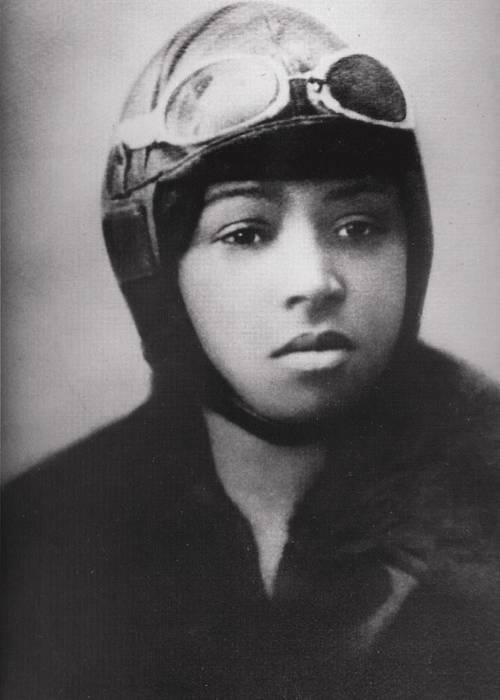
FAQ About The Influence of African American Vernacular English in Media

What is African American Vernacular English (AAVE)?
African American Vernacular English (AAVE), sometimes referred to as Ebonics, is a dialect of English spoken by many African Americans. It has unique grammatical, phonological, and lexical patterns that distinguish it from Standard American English. AAVE has its roots in the West African languages and the vernaculars developed by enslaved Africans and their descendants in the United States. Over time, it has evolved and contributed significantly to American culture and language.

How has AAVE influenced modern music?
AAVE has profoundly influenced modern music, particularly genres like hip-hop, rap, and R&B. It contributes to the lyrical content's authenticity and often conveys cultural pride and identity. Many popular expressions and slang terms originating in AAVE have been adopted in mainstream music, influencing global music culture.

In what ways does AAVE appear in films and television?
AAVE appears in films and television as a means to reflect authentic African American experiences and cultural expression. Characters in films and TV shows often use AAVE to highlight diversity, enrich storytelling, and create relatable, genuine characters. This incorporation helps bring awareness to the linguistic diversity within the U.S.

Why is AAVE significant in media representation?
AAVE is significant in media representation because it provides visibility and authenticity to African American culture and experiences. It challenges stereotypes and promotes inclusivity by showcasing the linguistic richness of African American communities. AAVE's presence in media helps spark discussions about language, identity, and cultural heritage.

Are there any misconceptions about AAVE in media?
One common misconception about AAVE in media is that it is simply slang or incorrect English. In reality, AAVE is a legitimate, rule-governed linguistic system with its own grammar and phonology. Another misconception is that everyone in African American communities speaks AAVE, ignoring the diversity of dialects and languages spoken by African Americans.

How does AAVE contribute to linguistic trends in media?
AAVE contributes to linguistic trends by introducing innovative expressions, phrases, and slang that often become part of mainstream language. Words and phrases originating from AAVE frequently appear in social media, films, and music, spreading into wider usage and influencing international popular culture and language trends.

What role does AAVE play in the global perception of American culture?
AAVE plays a significant role in shaping the global perception of American culture by showcasing the diversity and dynamic nature of American English. Through media, AAVE highlights African American cultural contributions and influences, offering a more comprehensive understanding of American identity and creativity on the global stage.

Can the use of AAVE in media affect public opinions or attitudes?
Yes, the use of AAVE in media can affect public opinions and attitudes by either challenging or reinforcing stereotypes. Positive and accurate depictions of AAVE can foster greater understanding and appreciation of African American culture, while negative portrayals can perpetuate misunderstandings and biases.

What are some examples of popular expressions from AAVE that are widely used?
Many expressions originating from AAVE have become widely used in mainstream English. Examples include "lit" (exciting), "bae" (term of endearment), "finna" (going to), "throw shade" (give a subtle insult), and "turn up" (celebrate or party). These terms often gain popularity through music, social media, and other forms of entertainment.

How do creators and producers balance authenticity and accessibility when using AAVE in media?
Creators and producers balance authenticity and accessibility when using AAVE in media by ensuring that the portrayal of AAVE speakers is respectful, accurate, and serves the narrative. Consultation with cultural experts and members of the community can help maintain authenticity while making the content accessible and relatable to a wider audience.

Is the use of AAVE in media increasing?
Yes, the use of AAVE in media is increasing. As the demand for diverse and representative content grows, more creators are incorporating AAVE to reflect authentic voices and stories. This trend is also driven by the influence of African American culture in global entertainment, leading to greater visibility of AAVE in films, TV, and music.

How does AAVE in media influence younger generations?
AAVE in media influences younger generations by shaping their linguistic identity and cultural perspectives. As AAVE phrases enter mainstream media, young audiences adopt these terms into everyday communication. This exposure can also increase awareness of cultural diversity and promote cross-cultural understanding among younger audiences.

Is AAVE considered a separate language or a dialect?
AAVE is considered a dialect of English, although linguists recognize it as a distinct variety with its own systematic grammar and vocabulary. It is not a separate language but rather a dialect that evolved within specific historical and social contexts among African Americans in the United States.

What historical factors contributed to the development of AAVE?
The development of AAVE can be attributed to historical factors such as the transatlantic slave trade, which brought Africans speaking different languages to America. Enslaved people created a creole-based vernacular to communicate, influenced by African linguistic structures and English. Over time, this evolved into what is now known as AAVE.

How do linguists study AAVE?
Linguists study AAVE by analyzing its phonological, grammatical, and syntactical structures. They use various methods, including field studies, sociolinguistic surveys, and historical linguistics research, to understand its evolution and usage. By studying AAVE, linguists can also explore broader questions of language, identity, and social dynamics.

Does the portrayal of AAVE in media sometimes lead to cultural appropriation?
Yes, the portrayal of AAVE in media can sometimes lead to cultural appropriation when creators use elements of AAVE without understanding its cultural significance or respecting its origins. This often involves copying the dialect or slang without acknowledging its roots in African American culture, which can perpetuate stereotypes and diminish the dialect's cultural value.

What impact does social media have on the proliferation of AAVE?
Social media significantly impacts the proliferation of AAVE by providing a platform for rapid dissemination of AAVE expressions and phrases. Users often adopt and popularize terms originating from AAVE, leading to widespread usage beyond African American communities. Social media facilitates a global sharing of culture and language, further embedding AAVE into popular discourse.

Are there notable influences of AAVE in international media?
Yes, AAVE has notable influences on international media, particularly in music, cinema, and digital content. International artists and creators often incorporate AAVE expressions in their work, reflecting the global influence of African American culture and the linguistic trends originating in the United States.

How do educational institutions approach teaching about AAVE?
Educational institutions approach teaching about AAVE by including it in linguistics, African American studies, and cultural anthropology curricula. Some programs focus on its history, structure, and impact on language and culture. Efforts are also made to raise awareness about its legitimacy and cultural significance, combating stereotypes and misconceptions.

In what ways does AAVE reflect African American identity and culture?
AAVE reflects African American identity and culture through its unique linguistic features, which embody the historical experiences and cultural expressions of African Americans. It serves as a marker of identity, solidarity, and community among African Americans, while also influencing broader cultural and social dynamics in America.
